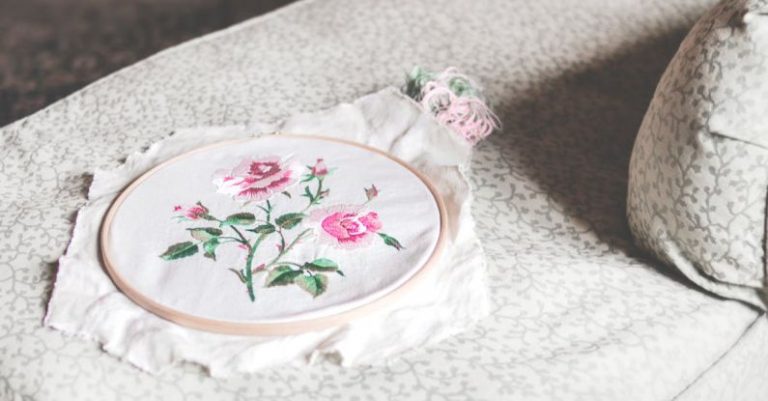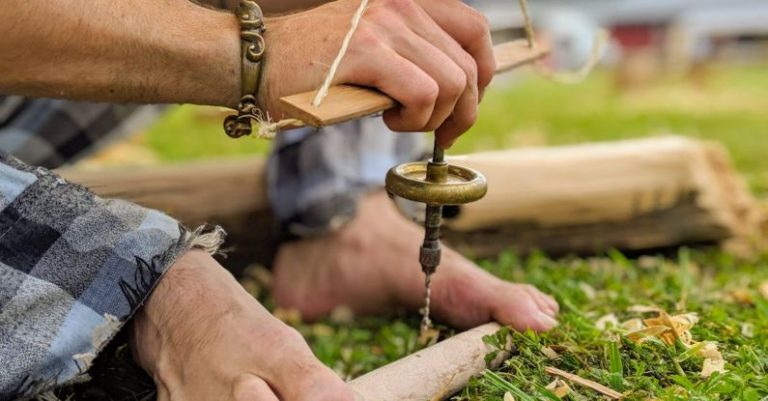How to Achieve Symmetry in Handwoven Textiles?

Creating Symmetry in Handwoven Textiles
Handwoven textiles are a beautiful art form that requires skill, patience, and attention to detail. Achieving symmetry in handwoven textiles is a key aspect that can elevate the quality and aesthetic appeal of the final product. Whether you are a beginner weaver or someone with more experience looking to enhance your skills, mastering symmetry in your woven creations can make a significant difference. In this article, we will explore various techniques and tips to help you achieve symmetry in your handwoven textiles.
Understanding the Importance of Symmetry
Symmetry is a fundamental principle in art and design that creates balance, harmony, and visual appeal. In handwoven textiles, symmetry plays a crucial role in creating a cohesive and well-balanced piece. By achieving symmetry in your weaving, you can create a sense of order, rhythm, and continuity that draws the viewer’s eye and enhances the overall impact of the design.
Selecting the Right Materials
The choice of materials is essential when it comes to achieving symmetry in handwoven textiles. Using high-quality yarns that are consistent in thickness, texture, and color can help ensure that your weaving maintains a uniform and balanced appearance. Before starting a new project, take the time to carefully select your materials and consider how they will interact with each other to achieve the desired symmetry in your design.
Planning Your Design
Before you start weaving, it is crucial to plan your design carefully to incorporate elements of symmetry. Consider the overall structure of your textile, including the warp and weft patterns, color placement, and any additional design elements you wish to incorporate. Sketching out your design on paper or using weaving software can help you visualize how different elements will come together to create a symmetrical composition.
Maintaining Consistent Tension
Consistent tension is key to achieving symmetry in handwoven textiles. Uneven tension in the warp or weft can result in distortions, puckering, or other irregularities that disrupt the symmetry of your weaving. Make sure to maintain steady tension as you weave, adjusting as needed to keep the threads evenly spaced and aligned. Regularly check your tension throughout the weaving process to ensure a uniform and symmetrical outcome.
Embracing Pattern Repeats
Pattern repeats are a common technique used in weaving to create symmetry and rhythm in a design. By repeating certain motifs, colors, or textures at regular intervals, you can establish a sense of order and balance in your textile. Experiment with different pattern repeats to enhance the symmetry of your weaving and create visual interest and complexity in your design.
Exploring Symmetrical Structures
There are various symmetrical structures that you can explore in handwoven textiles to create different effects and textures. From simple symmetries like mirror and rotational symmetry to more complex structures like twill and overshot patterns, incorporating symmetrical elements can add depth and dimension to your weaving. Experiment with different weave structures and techniques to discover unique ways to achieve symmetry in your handwoven textiles.
Refining Your Technique
Achieving symmetry in handwoven textiles requires practice, patience, and a willingness to refine your technique. Take the time to experiment with different weaving methods, materials, and design elements to develop your skills and enhance the symmetry of your creations. Don’t be afraid to make mistakes or try new approaches – learning from your experiences is an essential part of growing as a weaver.
Celebrating Imperfections
While striving for symmetry is important in handwoven textiles, it is also essential to embrace the beauty of imperfections. Handwoven textiles are inherently unique and handmade, and small variations or irregularities can add character and charm to your weaving. Instead of seeking absolute perfection, celebrate the individuality of your creations and appreciate the craftsmanship and artistry that goes into each piece.
Emphasizing the Journey
In conclusion, achieving symmetry in handwoven textiles is a rewarding and fulfilling pursuit that requires dedication, creativity, and a willingness to learn and grow as a weaver. By understanding the principles of symmetry, selecting the right materials, planning your design, maintaining consistent tension, embracing pattern repeats, exploring symmetrical structures, refining your technique, and celebrating imperfections, you can create beautiful and harmonious handwoven textiles that showcase your skill and creativity. Remember to enjoy the journey of weaving and embrace the process of creating unique and symmetrical textiles that reflect your passion for this timeless art form.





